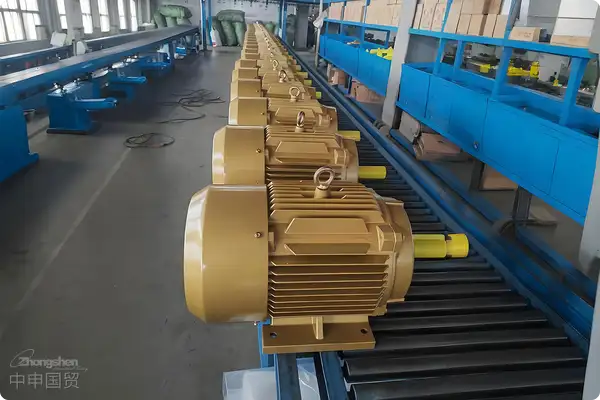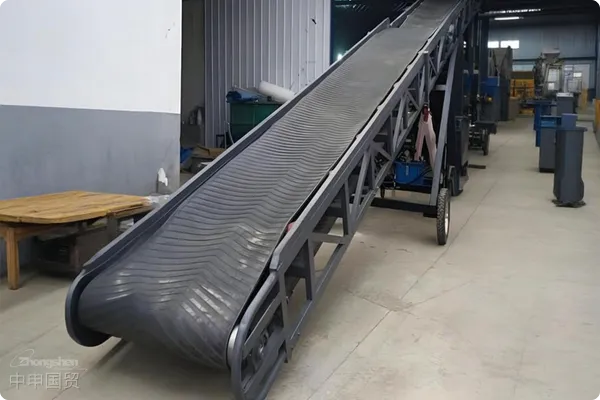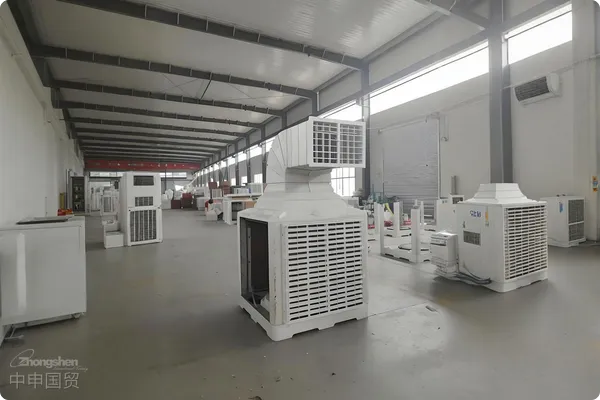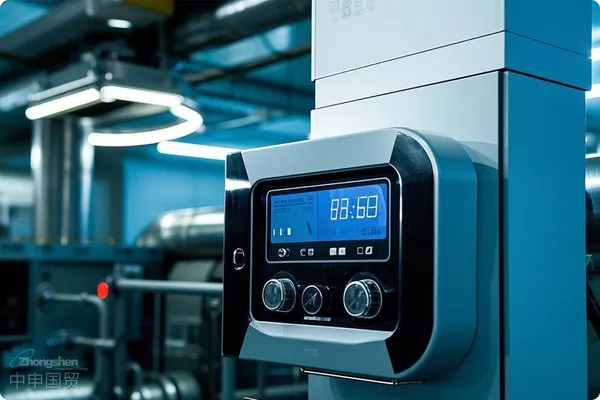- Shanghai Zhongshen International Trade Co., Ltd. - Two decades of trade agency expertise.
- Service Hotline: 139 1787 2118
In this era of extreme material abundance, while humans enjoy unprecedented material wealth, they also face unprecedented resource depletion and environmental pressure. Small and medium-sized motors, as key equipment widely used in various fields, consume significant resources and generate waste during production and use, making motor remanufacturing particularly important. This industry not only minimizes environmental burden but also revitalizes discarded motors through complex and precise processing methods, achieving maximum greenness.
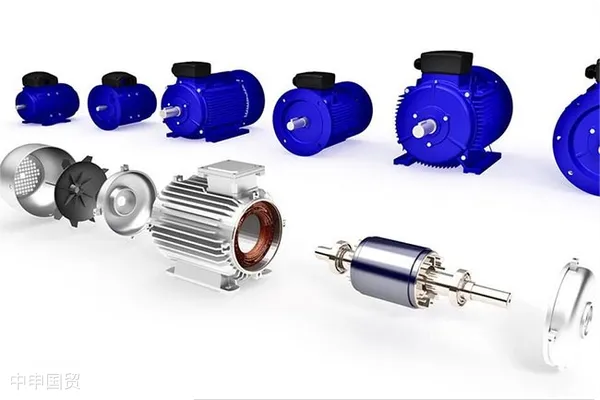
I. Global Perspective on Remanufacturing Development
The development of the remanufacturing industry began in the 20th century when humans realized the finite nature of global resources and the immense environmental pressure caused by industrial production. Different countries or regions, based on their industrial foundations and environmental protection needs, proposed their own remanufacturing systems, such as the 3R (Reuse, Recycle, Remanufacture) in the United States and the 4R system (Reduce, Reuse, Recycle, Remanufacture) with Chinese characteristics.
(1) The 3R System in the United States
1) Reuse: Aims to extend the service life of products.
2) Recycle: Focus on material recycling and reuse.
3) Remanufacture: Focus on remanufacturing based on used product components.
(2) The 4R System in China
1) Reduce: Minimize resource use and waste.
2) Reuse: Reuse products or components.
3) Recycle: Material recycling.
4) Remanufacture: Upgrade and remanufacture components from used products.
II. The Process and Characteristics of Remanufacturing
Remanufacturing is not merely about repairing discarded parts but involves advanced surface engineering technologies (such as preparing a thin layer of wear-resistant, corrosion-resistant, and fatigue-resistant coatings on damaged parts) and various processing techniques to achieve performance equal to or exceeding that of new products. The remanufacturing process significantly saves energy and materials, reduces waste emissions, and brings a series of socio-economic benefits.
(1) Core Characteristics of Remanufacturing
1) Energy and material savings.
2) Significant cost-effectiveness.
3) Minimized environmental impact.
(2) Extension of the Entire Life Cycle
1) Product design considers remanufacturing.
2) Rational utilization during product end-of-life phase.
3) Environmental considerations in disassembly and cleaning processes.
III. Standardized Processes and Methods of Motor Remanufacturing with Chinese Characteristics
In China, remanufacturing evolved from repair but possesses more profound scientific theories and technical foundations. Through motor product recycling and remanufacturing technology, old motors are endowed with new technical added value, achieving performance improvements while further promoting efficient resource utilization and environmental goals.
(1) Evaluation and Testing
(1) Motor condition diagnosis:Conduct comprehensive inspections using advanced motor diagnostic equipment such as vibration analyzers and electromagnetic field analyzers. Identify damaged parts, performance degradation, and other issues.
(2) Motor performance testing:Evaluate motor load, efficiency, starting performance, etc. Compare with the manufacturers original specifications to determine deviation levels.
(2) Disassembly and Cleaning
(1) Disassembly:Perform meticulous disassembly using specialized tools to prevent damage to components. Label and record each part for subsequent reassembly.
(2) Cleaning:Employ physical and chemical methods such as ultrasonic cleaning and solvent cleaning to remove old oil, grease, dust, and other impurities. Assess component conditions to determine suitability for remanufacturing.
(3) Repair and Remanufacturing
(1) Repairing damaged parts:Repair bearings, insulation layers, rotors, and other damaged components. Apply advanced surface engineering technologies like plating and spraying to enhance wear and corrosion resistance.
(2) Performance improvements:Implement upgrades such as rotor magnetization and insulation structure thinning to improve motor performance. Use additive manufacturing technology to renew certain components.
(4) Reassembly and Testing
(1) Motor reassembly:Reassemble the motor according to previous labels and records. Replace damaged or unsuitable parts.
(2) Performance testing:Conduct comprehensive performance tests on the reassembled motor to ensure compliance with manufacturer specifications and customer requirements.
(5) International Trade Standard Operations
(1) Compliance in trade:Motor remanufacturing enterprises should conduct business compliantly under the processing trade model. Strictly adhere to relevant national and international regulations and standards.
(2) Customs and quarantine:Standardize all related procedures. Ensure materials and technologies used comply with international standards.import and exportProcedures. Ensure that the materials and technologies used comply with international standards.
Policies, Standards and Certification Processes for Photovoltaic Cells Exported to Europe | Shanghai Import/Export AgentZhongShen International TradeAs a one - stop importExport RepresentationService providers can provide customized import and export solutions for various industries. If you needforeign tradeFor import and export agency services, please feel free to contact our company for business inquiries. The consultation hotline is 139 - 1787 - 2118.
Related Recommendations
Category case
Contact Us
Email: service@sh-zhongshen.com
Related Recommendations
Contact via WeChat

? 2025. All Rights Reserved. 滬ICP備2023007705號-2  PSB Record: Shanghai No.31011502009912
PSB Record: Shanghai No.31011502009912

